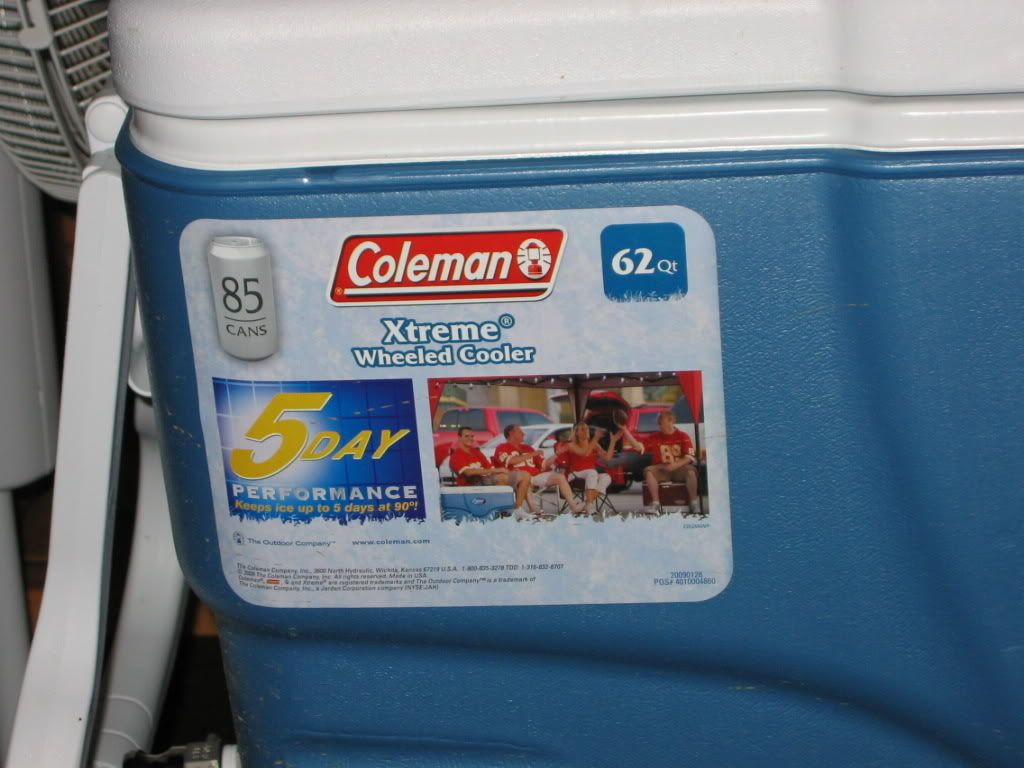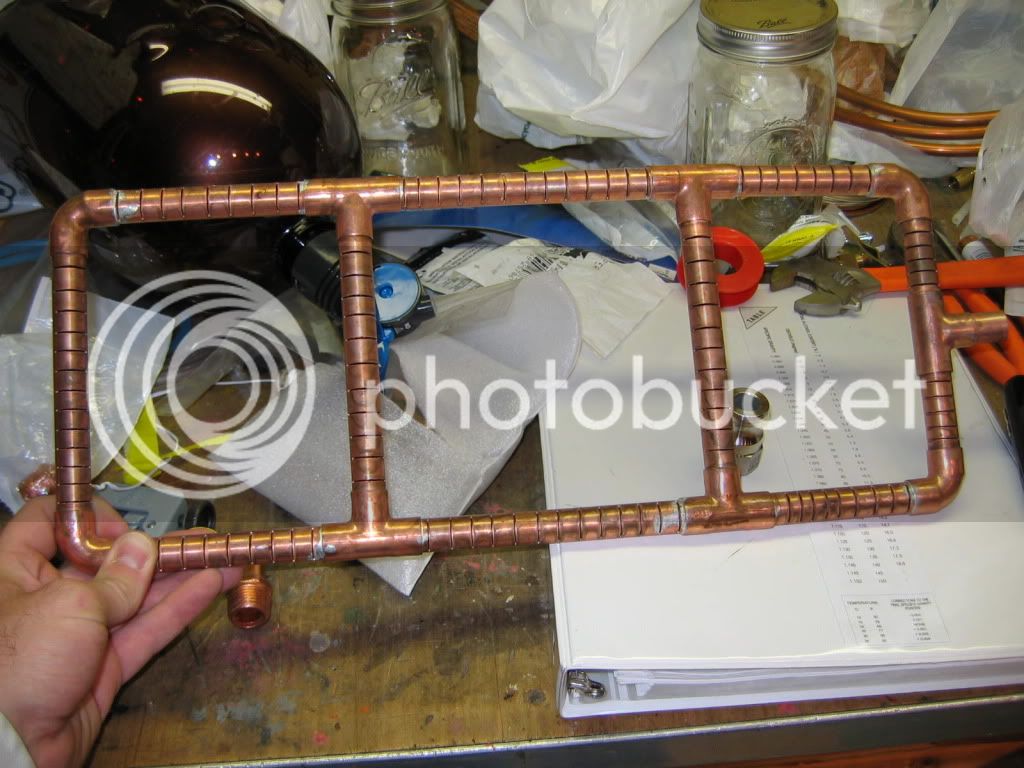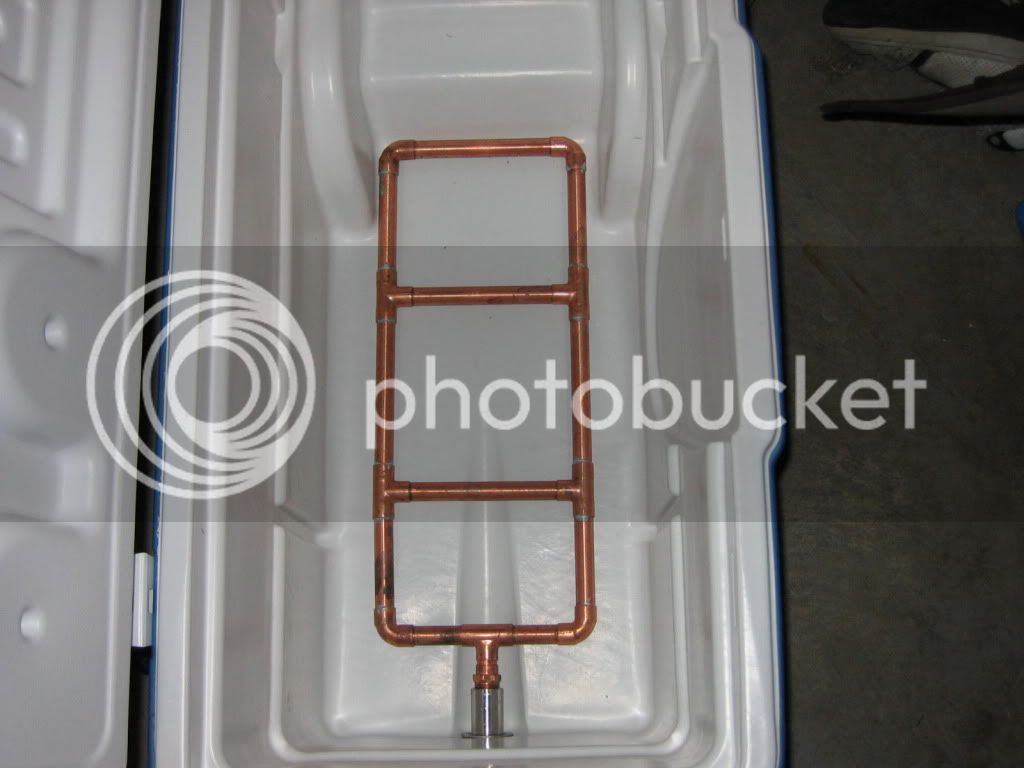Up to this point in my world of brewing, I've only done beers that used extract + some specialty grain in which I used a small pot on the stove as a very crude mash tun.
I'm planning a journey to all-grain land and am trying to design my rig. I bought four 15.5 gallon kegs last week, and I plan to use one as a hot water tank (or hot "liquor" tank I guess is a more accurate technical term, someone please correct me if I am wrong), and use one as a boil pot. At least one of the other two I will leave intact and put beer in some day.
I'm thinking I want to use an insulated cooler for a mash tun as many have done before me. I'm just trying to get some rough math done... For a typical 10 gallon batch, what is a safe approximation for volume needed in the mash tun to hold both the grain and the strike water? I'm guessing 10 gallons of water + 2 gallons of grain (actual displacement of the grain, not what they would fill up a measuring cup to) totalling 12 gallons, or 48 quarts... which means a 50 quart cooler should do the trick. BUt that's all based on my swag of 12 gallons.
Ideas? I may not always make 10 gallon batches... but if I have a boil pot capable of holding 15.5 I'm guessing 10 gallon batches would be doable with all the extra water taht will boil off. I guess I should ask... what's a typical starting liquid volume in the boil pot for people hoping to end up with 10 gallons at the end?
Thanks in advance.
Nic
I'm planning a journey to all-grain land and am trying to design my rig. I bought four 15.5 gallon kegs last week, and I plan to use one as a hot water tank (or hot "liquor" tank I guess is a more accurate technical term, someone please correct me if I am wrong), and use one as a boil pot. At least one of the other two I will leave intact and put beer in some day.
I'm thinking I want to use an insulated cooler for a mash tun as many have done before me. I'm just trying to get some rough math done... For a typical 10 gallon batch, what is a safe approximation for volume needed in the mash tun to hold both the grain and the strike water? I'm guessing 10 gallons of water + 2 gallons of grain (actual displacement of the grain, not what they would fill up a measuring cup to) totalling 12 gallons, or 48 quarts... which means a 50 quart cooler should do the trick. BUt that's all based on my swag of 12 gallons.
Ideas? I may not always make 10 gallon batches... but if I have a boil pot capable of holding 15.5 I'm guessing 10 gallon batches would be doable with all the extra water taht will boil off. I guess I should ask... what's a typical starting liquid volume in the boil pot for people hoping to end up with 10 gallons at the end?
Thanks in advance.
Nic




